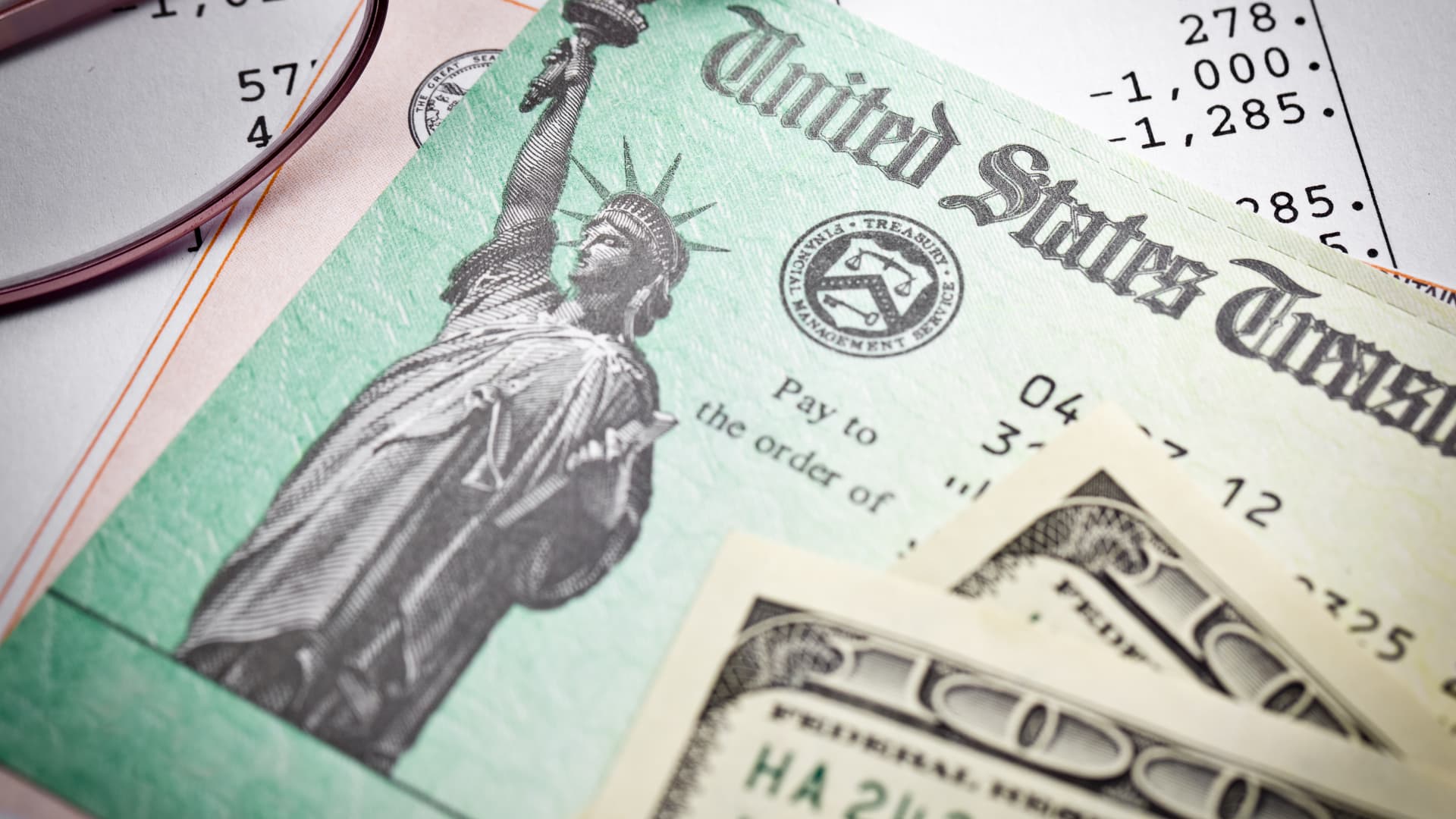Products You May Like
If you’re banking on a tax refund, it may be “somewhat lower” than last year’s payment, according to the IRS.
Typically, you can expect a federal refund if you’ve overpaid yearly taxes or withheld more than what you owe. One of the big reasons for smaller payments this year is expiring pandemic relief, which was delivered via tax breaks for 2021 returns, experts say.
Meanwhile, many Americans are still struggling financially, with nearly one-third relying on their tax refund to make ends meet, a recent Credit Karma survey found.
Joe Buhrmann, a certified financial planner and senior financial planning consultant at eMoney Advisor, said smaller refunds and high inflation may be a “double whammy” for some families.
The average refund for the 2022 filing season was $3,176 as of Oct. 28, up nearly 14% from $2,791 in 2021, according to the IRS.
Why your 2022 tax refund may be smaller
There are several reasons why some filers may have a “nasty surprise” when filing their tax returns this year, Buhrmann said.
Thanks to the American Rescue Plan of 2021, many families got a boost from the enhanced child tax credit, worth up to $3,600 per child, and child and dependent care tax credit of up to $4,000 per dependent.
But those tax breaks have returned to previous levels. For 2022, the child tax credit dropped back to a maximum $2,000 per child, and the child and dependent care tax credit reverted to $1,050 per dependent. “That’s money out of refunds right there,” Buhrmann said.
If you didn’t receive the third stimulus payment, there was a chance to claim it on your 2021 return, further padding refunds, he said.
Another pandemic-era change was a more generous charitable deduction in 2021, allowing filers to score a tax break, even if they didn’t itemize deductions.
The deduction — $300 for single filers or $600 for married couples filing jointly — was a “meaningful amount” for a lot of Americans, said Tony Molina, a certified public accountant at Wealthfront.
How to boost your refund or reduce your bill
While there aren’t many ways to increase your refund or trim your bill before the April 18 tax deadline, you may still have a few options, Molina said.
“One easy thing is you can still contribute to a traditional [individual retirement account]” and have it count for last year, he said, which may offer a tax deduction. Your eligibility for the tax break depends on your income and workplace retirement plan participation.
There’s also still time for health savings account contributions for 2022, which also offers a deduction, assuming you have an eligible high-deductible health insurance plan.
